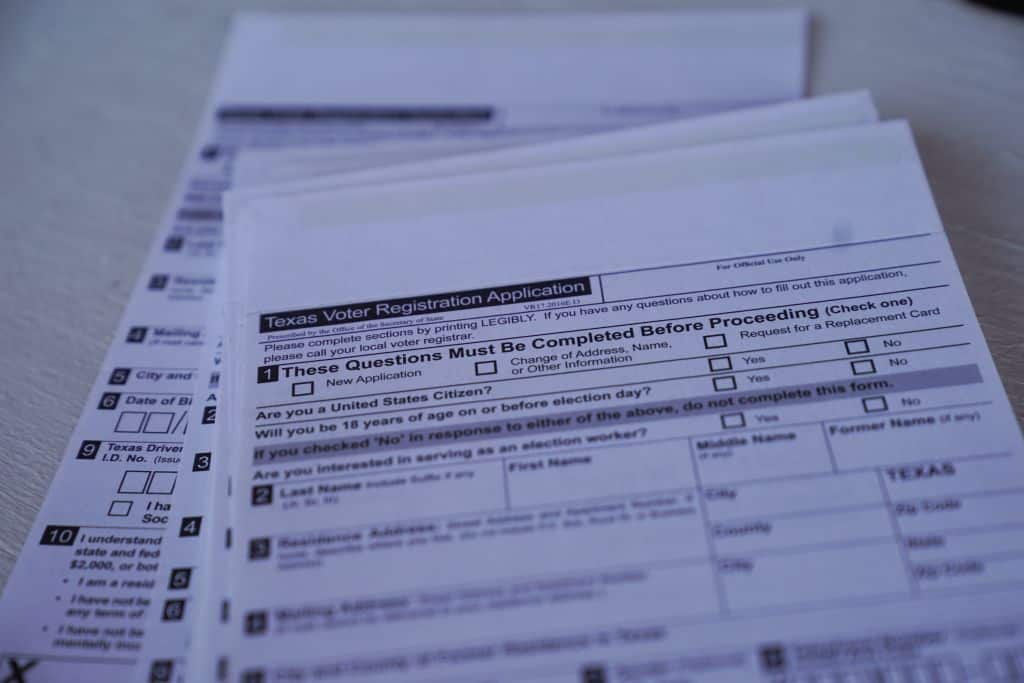Last week the U.S. Census Bureau released the long-anticipated 2020 redistricting data. Though there were fears of a serious undercount in Texas thanks to meddling from the Trump administration and the COVID-19 pandemic, the demographic data from the Census revealed some striking takeaways for Texas about its increasing diversity.
The redistricting data that the Census released is used to draw maps on the state and local level. In April, the Census announced some preliminary population data that showed Texas would be gaining two congressional districts. Overall the redistricting data revealed that Texas increased by over 4 million in the last decade.
One of the biggest headlines with the redistricting data was the explosive growth of people of color in Texas. That growth was so massive that people of color accounted for 95 percent of the increase in the state’s population. Hispanics were responsible for much of that increase. According to The Texas Tribune, “the state gained 11 Hispanics for every white Texan.” Currently, Hispanics represent 39.3 percent of the Texas population, barely under the non-Hispanic white population at 39.8 percent.
And while a large increase in the Hispanic population was expected, the Asian population also grew significantly. Asian Texans are the fastest growing racial and ethnic group in the state. Since 2010, another 613,092 Asians were added into the Texas population. The Black population did not dramatically change in terms of population percentage, but Texas added over 300,000 Black Texans.
There were also interesting nuggets in the census redistricting data regarding the urban and suburban growth in Texas. In the United States, 14 cities grew by more than 100,000 in the last decade – five of those in Texas (Houston, San Antonio, Dallas, Fort Worth and Austin). Texas is also home to four of the ten fastest growing municipalities in the country (Frisco, McKinney, Conroe and New Braunfels).
So what does this all mean for redistricting? For starters it makes gerrymandering by Republicans that much harder. Though they are certainly capable of drawing maps that produce the best possible results for Republicans in congressional and state house seats.
The U.S. House will be taking up the John Lewis Voting Rights Act next week. It has several provisions that would stop gerrymandering based on race. Another voting rights bill, The For The People Act, had similar anti-gerrymandering stipulations, and though it passed the House it was stalled by the filibuster in the U.S. Senate.
Republican State Rep. Todd Hunter is the chair of the Texas redistricting committee. Last week he informed members of the committee that the software used for redistricting will be available on September 1. With quorum now established, it appears the redistricting committee is on target to start public testimony and hearings next month. November 13 is the expected federal deadline for states to finish their redistricting.
Photo: Bill Oxford/Getty Images
A longtime writer and journalist, Jessica was thrilled to join the Texas Signal where she could utilize her unique perspective on politics and culture. As the Features and Opinion Editor, she is responsible for coordinating editorials and segments from diverse authors. She is also the host of the podcast the Tex Mix, as well as the co-host for the weekly SignalCast. Jessica attended Harvard College, is a onetime fitness blogger, and has now transitioned to recreational runner (for which her joints are thankful).





